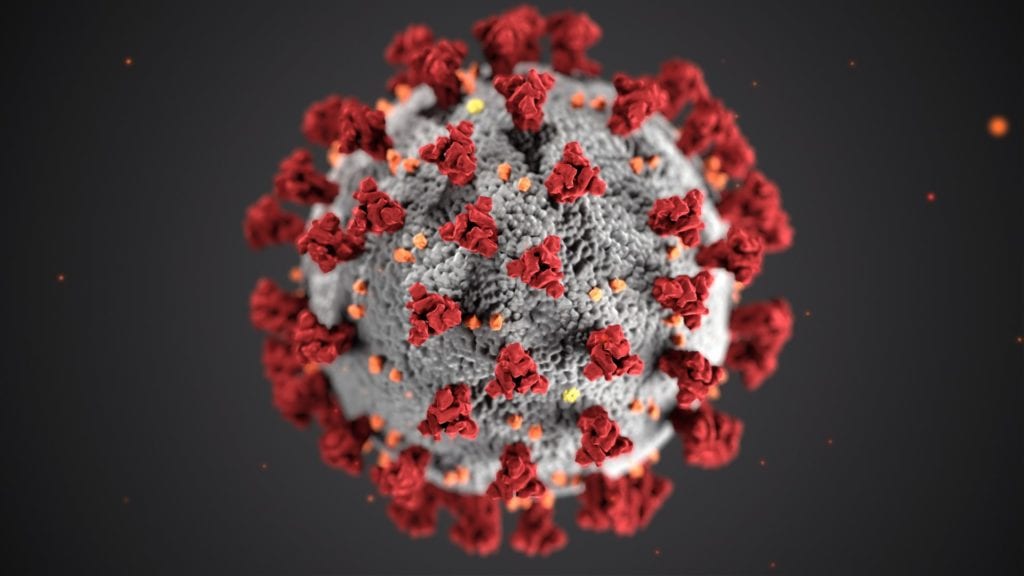
Ten new people have tested positive for the novel coronavirus in Alaska, boosting the statewide total to 143 cases, with no additional hospitalizations or deaths, state health officials say.
Sixty-seven of those infected are in the Anchorage area, 40 in the Interior, 24 in Southeast communities 8 on the Kenai Peninsula, and 4 in the Matanuska-Susitna Valley.
Dr. Anne Zink, the state’s chief medical officer, said on Wednesday, April 1, that the new cases included 2 in Anchorage, 3 in Fairbanks, 2 in North Pole and one each in Juneau Ketchikan and Wasilla.
Only one of the new patients is over the age of 60. Eight are adults ages 30-59 and one is a in the 19-29 age bracket, Zink said. So far, the communities that have had laboratory-confirmed cases include Anchorage (including Joint Base Elmendorf Richardson, Eagle River/Chugiak, Girdwood, Homer, Fairbanks, North Pole, Ketchikan, Juneau, Palmer, Wasilla, Seward, Soldotna, Sterling and Kenai. One individual on the list tested positive in a camp on the North Slope oil fields, but state health officials did not identify that person’s place of residency in Alaska.
State Department of Health and Social Services officials said 5,022 people have been tested, with 2.8 percent testing positive.
As the number of people who have tested positive for the virus in Alaska slowly rises state officials continue to caution everyone to hunker down at home and work at home if possible.
Everyone arriving from out of state is required to self-quarantine for 14 days.
Gov. Mike Dunleavy also announced on April 1 the cancellation of spring bear hunts and extended indefinitely state mandates restricting public gatherings, and closure of public areas ranging from bars and restaurants to gyms, theaters bowling alleys museums and libraries.
State officials said the oilfield worker who tested positive had returned to Alaska two days prior to the release of a health mandate requiring everyone entering the state to self-quarantine for 14 days. The patient had traveled to the North Slope on March 25 and displayed symptoms within two days of arriving.
He was then tested and put in quarantine, as were his immediately identified close contacts.
The state’s Emergency Operations Center has been working with operators of the North Slope oil fields and contractor companies to have robust travel plans and mitigation strategies in place, a strategy also in place with other industries in the state to contain the spread of the virus.
Three residents who contracted the virus have died and nine others are hospitalized.
State officials continue to urge everyone to wash their hands frequently, keep a six-foot distance from others and to wipe down frequently touched surfaces often, all in the effort to limit the number of Alaskans infected by the pandemic.
The goal, said Zink, is to keep the upward curve of infections “pushed as low as it could go.”
Alaska numbers to date are “not yet on an acceleration phase like New York is having and we really need to keep it there,” she said.
In addition to health concerns, “we also realize an economic disaster is unfolding,” said Gov. Mike Dunleavy, noting that mandates imposed to limit the spread of the virus were adversely impacting the ability to do business.
State officials are working to do everything they can to stabilize the economy, he said.
To that end, new steps were announced to advance the state’s COVID-19 economic stabilization plan. These include suspension of certain fees and fines within the state Departments of Health and Social Services, Administration, Commerce, Labor and Revenue through May 11. The governor said the disaster order of suspension would help individual Alaskans and the business community get through the economic impact of the virus.
The Legislature, now in recess, on March 29 passed the state’s capital and operating budgets, providing critical funding to allow the state to respond to the COVID-19 crisis, and ensure that essential services will continue operating uninterrupted in the upcoming fiscal year.
The package includes funding for $1,000 Permanent Fund Dividend checks.
HB 205 approves spending $4.54 billion of unrestricted general fund, including $14 million for the Village Public Safety Officer program, $151 million for Alaska State Troopers, $98 million for Pioneer Homes and $21 million for senior benefits “to make sure the elders who build the state live with dignity,” House leaders said in a statement on benefits of the approved legislation.





